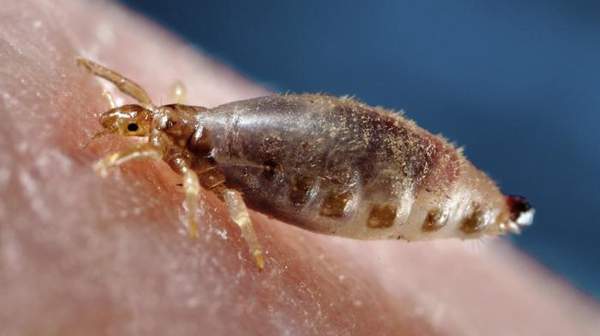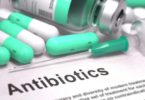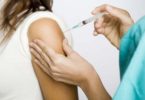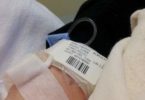What's in this article?
What is Body Lice
Body lice are small, parasitic insects found mainly on the clothing of infested people, and occasionally on their bodies or bedding. Although they are related to head lice, and look almost exactly the same, body lice rarely infest the head hair. Instead, they spend most of their life on an infested person’s clothing, crawling onto the skin to feed on the host’s blood one or more times a day.
Female lice glue their eggs on the seams of clothing worn near the skin, where body heat allows them to hatch in about a week. A female louse can produce 300 or more eggs in her adult life, at a rate of about 10 per day. Eggs require temperatures between 75° and 100° Fahrenheit to hatch. Hatchlings develop to the adult stage in about nine days if they remain close to the host, but this can take as long as four weeks if the person takes the clothing off.
Most body lice are on homeless or destitute adults who rarely change their clothes. Children rarely have body lice.

Causes of Body Lice
Body lice live in the seams and folds of clothing. They feed on human blood and lay their eggs and deposit waste matter on the skin and clothing.
- They can live in clothing for up to 1 month.
- Lice die within 5 to 7 days at room temperature if they fall off a person.
You can catch body lice if you come in direct contact with someone who has lice. You can also get lice from infected clothing, towels, or bedding.
Body lice are bigger than other types of lice.
You are more likely to get body lice if you do not bathe and wash your clothes often or live in close (overcrowded) conditions. Lice are unlikely to last if you:
- Bathe regularly
- Wash clothes and bedding at least once a week
Placing clothes in a hot dryer helps kill lice on clothing.
Symptoms of Body Lice
Body lice bites can cause intense itching, and you may notice small areas of blood and crust on your skin at the site of the bite marks.
See your doctor if improved hygiene doesn’t eliminate the infestation, or if you develop a skin infection from scratching the bites.
Body Lice Diagnosis
Body lice are unable to burrow into the skin. Although a few body lice may be seen clinging to body hairs, most are on the clothing of an infested person. Body lice and their eggs are most abundant along the seams of clothes worn close to the body.
Someone infested with body lice typically will have 10 or fewer active lice on their skin at any one time. But the clothing may contain many dozens or hundreds.
Infestations of body lice are more common in the winter months, when destitute people tend to wear many layers of clothing for long periods and have more contact with the clothing of others who may be infested.
Risk factors of Body Lice
People who are at higher risk of body lice tend to live in crowded, unclean conditions. They include:
- War refugees
- Homeless people
- Victims of natural disasters
Dogs, cats and other pets do not spread body lice.
Complications of Body Lice
Body lice infestations usually cause minimal problems. However, a body lice infestation sometimes leads to complications such as:
- Secondary infections. When body lice scratch and dig to feed on your blood, they may irritate your skin. If you scratch to alleviate itching, this also can irritate your skin. If your skin becomes raw from these irritations, other infections may develop.
- Skin changes. If you’re infested with body lice for a long time, you may experience skin changes such as thickening and discoloration particularly around your waist, groin or upper thighs.
- Spread of disease. Body lice can carry and spread some bacterial diseases, such as typhus, relapsing fever or trench fever.
Body Lice Treatment
To get rid of lice, take the following important steps:
- Bathe regularly to get rid of lice and their eggs.
- Change your clothes often.
- Wash clothes in hot water (at least 130°F/54°C) and machine dry using the hot cycle.
- Items that can’t be washed, such as stuffed toys, mattresses, or furniture, can be thoroughly vacuumed to get rid of lice and eggs that have fallen off the body.
Your provider may prescribe a skin cream or a wash that contains permethrin, malathione, or benzyl alcohol. If your case is severe, the provider may prescribe medicine that you take by mouth.






Leave a Comment